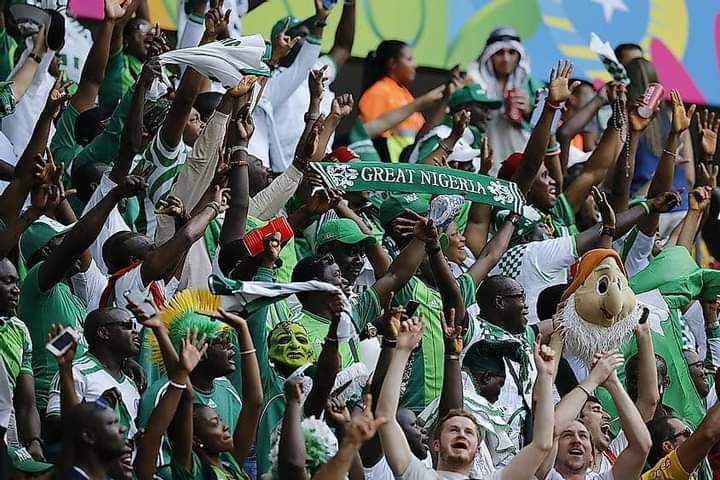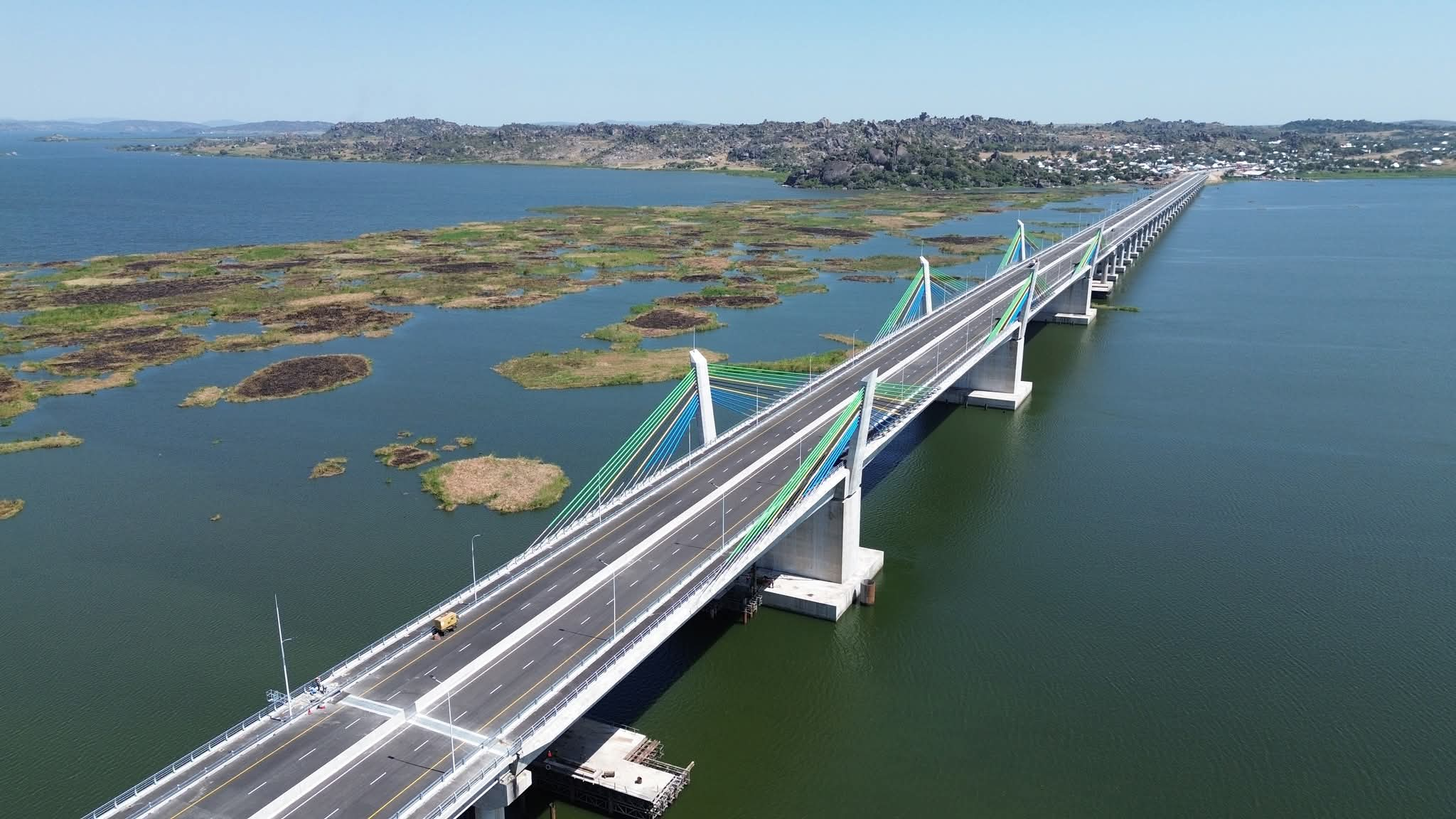AFRICA: Most Populous Ethnic Groups on the Continent

Did you know that the African continent comprises around 3,000 tribes from 54 countries, and with 30 percent of the African population coming from a little more than 10 people groups?
Africa is the world's second-largest and second-most populous continent, after Asia in both cases. At about 30.3 million km² including adjacent islands, it covers 6% of Earth's total surface area and 20% of its land area. With 1.3 billion people as of 2018, it accounts for about 16% of the world's human population
With 54 countries and around 3,000 tribes, from diverse regions, 30% of the African population come from 10 people groups or if you would prefer “tribes”. In almost every case, these tribes were precolonial states, with their own language and their own independent institutions. These tribes are listed below:
1. HAUSA || The Hausa ethnic group are a huge tribe and one of the largest of the tribes of Africa with an estimated population of 78 million, mostly based in Nigeria. However, they are also found in sizable numbers in Niger, Benin, Ivory Coast, Sudan, Ghana, Chad, Togo, Burkina Faso and Algeria. They are a diverse people that speak their own Hausa language. The origins of the Hausa can be traced back to at least the 7th century.
2. IGBO || The Igbo are another numerous tribe. They are based primarily in modern day Nigeria where they make up over 18% of the population though they are also found in Guinea. They have their own language known as the Igbo language which they primarily speak. The Igbo’s origins are a mystery, with the best guesses tracing them back to about 3000 BCE, based on some pottery that was found which showed similarity to what the Igbo people did later.
3. YORUBA || The Yoruba are a tribe mostly found in West Africa especially in Nigeria and Benin. Most Yoruba speak the Yoruba language, which is part of the Niger-Congo family of languages. The Yoruba people have inhabited Southwest Nigeria since as early as 9,000 BC (11,000 years ago) based on skeletal remains found in Iwo-Eleru in present-day Ondo State, Southwest Nigeria.
4. AMAZIGH || The Amazigh people are mostly found in Morocco and Algeria, but are also found in Tunisia, Libya, Egypt, Mali, Mauritiana and Niger. Most Amazigh speak the Amazigh language, though they also speak Arabic. They have inhabited the Maghreb region in North Western Africa for over 12,000 years now.
5. OROMO || The Oromo are mostly settled in Ethiopia and represent 34.5% of the Ethiopian population. They have their own language known as the Oromo language. They even have their own religion, which some follow to this day, known as Waaqeffanna. The origins of the Oromo can be traced back to the 16th century. They were a pastoral people, and they had no Kings, instead electing Lubas. The Oromo still govern themselves via the Gadaa system, and are one of the older examples of African democracy in action.
6. FULANI || The Fulani tribe live mainly in Western African nations such as Nigeria, Mali, Guinea, Cameroon, Senegal and Chad. They have their own language known as Fula. Their origins are unclear but there are many theories as to where they originated. What we do know for sure is that by the 5th century, they were in West Africa. The earliest evidence we have from archaeological digs points to them starting around 6th century BC at the latest.
7. AMHARA || The Amhara tribe are mostly concentrated in Ethiopia where they make up 26.9% of the total population. The Amharas are the indigenous people of Ethiopia having historically lived in the Northern, Central and Western parts of the country. The first mention in history of the Amhara dates back to the 12th century when they were in conflict with the Werjih. In fact, analysis showed that they have been living in Ethiopia since over two thousand years. The Amhara speak the Amharic language which is spoken by 23.9% of the total population of Ethiopia.
8. AKAN || The Akan tribe can be found in Ghana and the Ivory Coast, notably along the southern region of both countries. They also speak their own language, the Akan language which is part of the Central Tano branch of languages. The origins of the Akan lie in Ghana, according to their oral traditions. They settled in their current region in around the 11th century, after passing through Egypt in the 5th century, eventually settling at Nubia. However, after Nubia was invaded, they went to Ghana.
9. SOMALI || The Somali Tribe have a population of people that can be found in the country of Somalia (where they make up the majority of the population), Djibouti, Ethiopia and Kenya. The origin of the Somali tribe can be traced back to about 7,000 years ago. New archaeological and linguistic studies have confirmed the Somali tribe to be the indigenous people of the Horn of Africa.
10. HUTU || The Hutu Tribe has a population of people, settled primarily in two countries. In Rwanda and Burundi, around 85% of the people are Hutu and a combined 21 million Hutu live in these two countries. The origins of the Hutu lie in the great Bantu expansion which was when they emigrated to the Great Lakes Region in Africa around the first century.
11. IJAW || The Ijaw people (also known by the subgroups "Ijo" or "Izon") are people in Niger Delta in Nigeria, predominantly found in Bayelsa state, Delta State and Rivers State. They are also found in other Nigerian states like Ondo, Edo and Akwa Ibom. Many are found as migrant fishermen in camps as far west as Sierra Leone and as far east as Gabon. Population figures for the Ijaws vary greatly, put around 15 million people. The Ijaw have long lived in locations near many sea trade routes, and they were well connected to other areas by trade as early as the 15th century.
Source: Think Africa, Legit, Wikipedia
#penglobalfactfile #pengloballifestyle


_1755775186.jpg)
